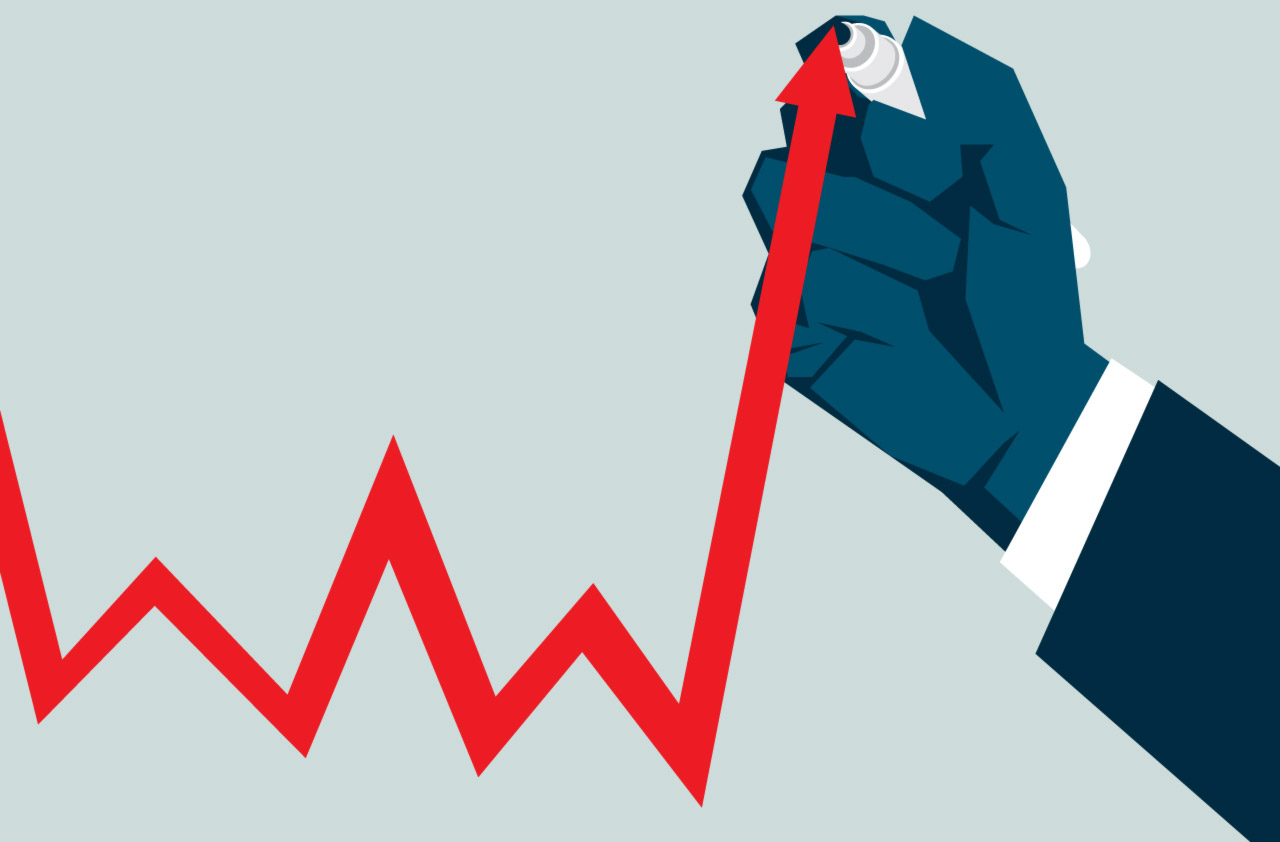What the Fed Can (and Can't) Do
There are limits to what control central banks have.

When markets went bonkers over the summer, central banks around the world, led by our own Federal Reserve, came to the rescue. Government banks are indeedpowerful institutions, but there are limits to what they can and cannot control.
Central banks can stop a run on the banking system. A run occurs when depositors try to withdraw money but discover that a bank doesn't have enough reserves to satisfy all its customers. Central banks can stop runs by supplying reserves to the banking system. We saw this power in action recently when the Bank of England lent billions of pounds to Northern Rock, a savings bank holding devalued subprime mortgages. As British depositors gained confidence that the central bank would make them whole, they stopped their run on Northern Rock.
The ability to supply reserves in a crisis is critical to the success of central banking. When the Fed failed to lend banks money in 1931, a banking panic ensued, leading to the collapse of the financial system. This was the major cause, in my opinion, of the Great Depression. The Fed and other central banks are committed to preventing a repeat.
From just $107.88 $24.99 for Kiplinger Personal Finance
Become a smarter, better informed investor. Subscribe from just $107.88 $24.99, plus get up to 4 Special Issues

Sign up for Kiplinger’s Free Newsletters
Profit and prosper with the best of expert advice on investing, taxes, retirement, personal finance and more - straight to your e-mail.
Profit and prosper with the best of expert advice - straight to your e-mail.
The Fed can influence short-term interest rates but not long-term rates. The Fed can set rates by controlling the rate at which it lends money to the banking system -- called discount lending. Another way is to supply reserves through open-market purchases, which involve the buying of government securities and the consequent crediting of reserves to banks to pay for these purchases.
The specific interest rate the Fed targets is called the federal funds rate, the rate that banks charge each other on overnight loans. This rate forms the basis for all other short-term lending rates, such as the prime rate.
The central bank does not control long-term rates. Investors do, through their buying and selling of bonds. Many factors determine the actions of investors, including economic growth, inflation and expectations of future monetary policy. When the Fed surprised investors by lowering the federal funds rate by a half percentage point, to 4.75%, on September 18, long rates actually rose as bondholders expected growth and inflation to accelerate.
Although higher long-term rates may offset some of the impact of the Fed's short-term-rate cuts, an easing of monetary policy is almost always good for the economy and the stock market -- unless it is excessive and sparks higher inflation.
The Fed can moderate the business cycle but cannot eliminate it. It's easy to think that the Fed can fine-tune the economy to any level of growth it desires. But the link between growth, money and interest rates is not that precise. There are unpredictable lags between changes in rates and changes in consumer and business spending. Central banks can mitigate, but not eliminate, the harm done from unforeseen shocks, such as the 9/11 terrorist attacks.
Despite the vast power of central banks to influence economies over the short term, they have surprisingly little power to set the long-term course. Except for the actions they take that are designed to keep inflation low, little of what central banks do has any impact on long-term economic growth, which is determined by productivity, tax policy and the economy's built-in incentives to save and invest.
Fed chairman Ben Bernanke's quick response to the subprime crisis will likely prevent a recession, but it won't prevent a slowdown. The Fed can do much to stabilize consumer and business spending, but it will never be able to override all the ups and downs of our market economy.
Columnist Jeremy J. Siegel is a professor at the University of Pennsylvania's Wharton School and author of Stocks for the Long Run and The Future for Investors.
Profit and prosper with the best of Kiplinger's advice on investing, taxes, retirement, personal finance and much more. Delivered daily. Enter your email in the box and click Sign Me Up.

-
 Dow Adds 646 Points, Hits New Highs: Stock Market Today
Dow Adds 646 Points, Hits New Highs: Stock Market TodayIt was "boom" for the Dow but "bust" for the Nasdaq following a December Fed meeting that was less hawkish than expected.
-
 5 Types of Gifts the IRS Won’t Tax: Even If They’re Big
5 Types of Gifts the IRS Won’t Tax: Even If They’re BigGift Tax Several categories of gifts don’t count toward annual gift tax limits. Here's what you need to know.
-
 The 'Scrooge' Strategy: How to Turn Your Old Junk Into a Tax Deduction
The 'Scrooge' Strategy: How to Turn Your Old Junk Into a Tax DeductionTax Deductions We break down the IRS rules for non-cash charitable contributions. Plus, here's a handy checklist before you donate to charity this year.
-
 Banks Are Sounding the Alarm About Stablecoins
Banks Are Sounding the Alarm About StablecoinsThe Kiplinger Letter The banking industry says stablecoins could have a negative impact on lending.
-
 Trump-Era Regulations Will Broaden Access to Crypto
Trump-Era Regulations Will Broaden Access to CryptoThe Kiplinger Letter The president wants to make the U.S. the leader in digital assets.
-
 Kiplinger Special: How Businesses Should Budget for 2025
Kiplinger Special: How Businesses Should Budget for 2025Kiplinger Forecasts From fuel to AI software subscriptions, here's what you can expect to pay next year.
-
 How to Search For Foreclosures Near You: Best Websites for Listings
How to Search For Foreclosures Near You: Best Websites for ListingsMaking Your Money Last Searching for a foreclosed home? These top-rated foreclosure websites — including free, paid and government options — can help you find listings near you.
-
 Four Tips for Renting Out Your Home on Airbnb
Four Tips for Renting Out Your Home on Airbnbreal estate Here's what you should know before listing your home on Airbnb.
-
 Kiplinger Special Report: Key Business Costs for 2024
Kiplinger Special Report: Key Business Costs for 2024Economic Forecasts Looking at business costs for 2024, expect slight cost increases across the board, from insurance rates to shipping expenses. Profits will be up, too.
-
 Kiplinger Inflation Outlook: Stable for Now, but With Signs of Increasing Tariff Pressure
Kiplinger Inflation Outlook: Stable for Now, but With Signs of Increasing Tariff PressureEconomic Forecasts An overall good September report does show more signs of pressure on goods prices from tariffs.
-
 Is Relief from Shipping Woes Finally in Sight?
Is Relief from Shipping Woes Finally in Sight?business After years of supply chain snags, freight shipping is finally returning to something more like normal.